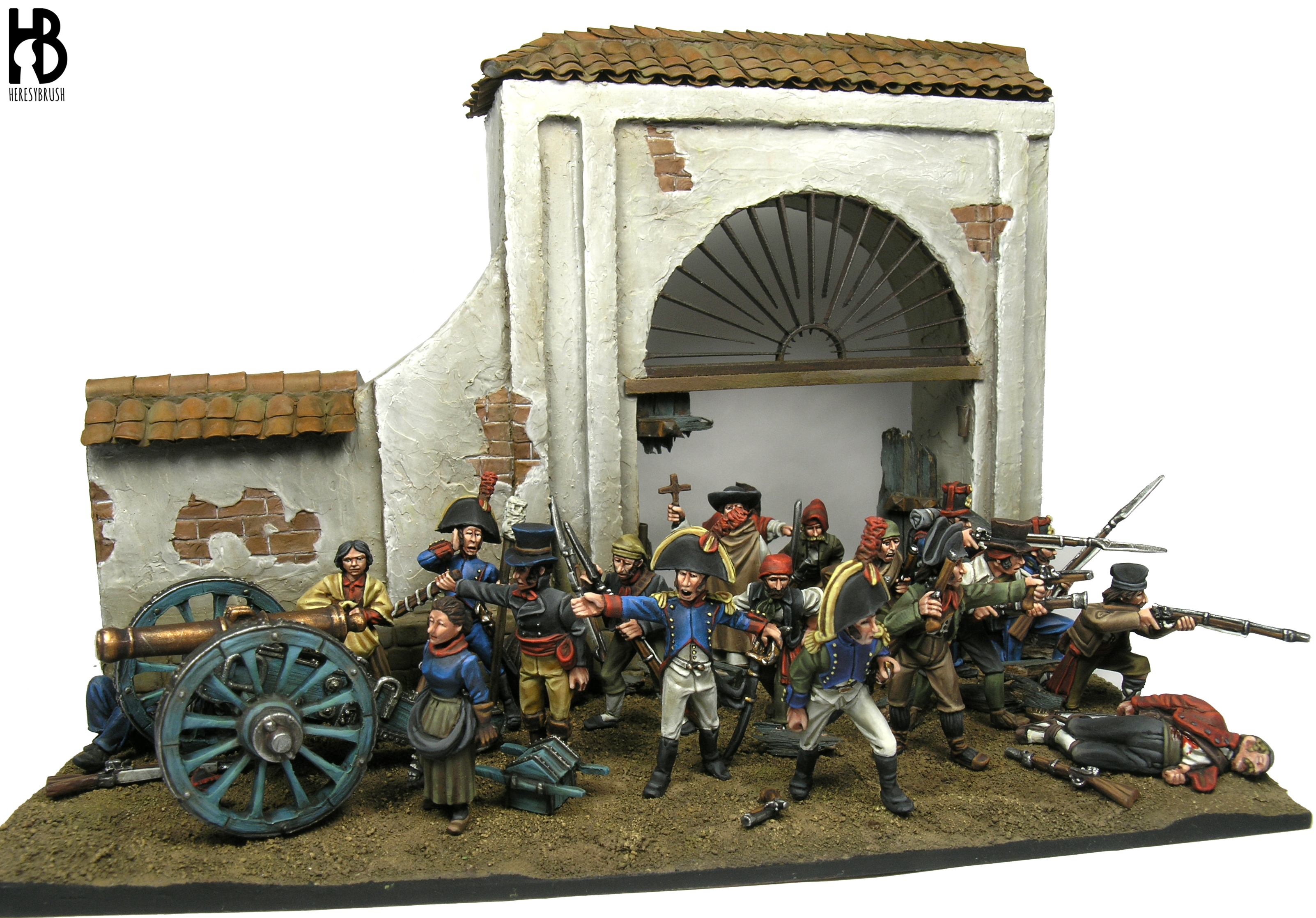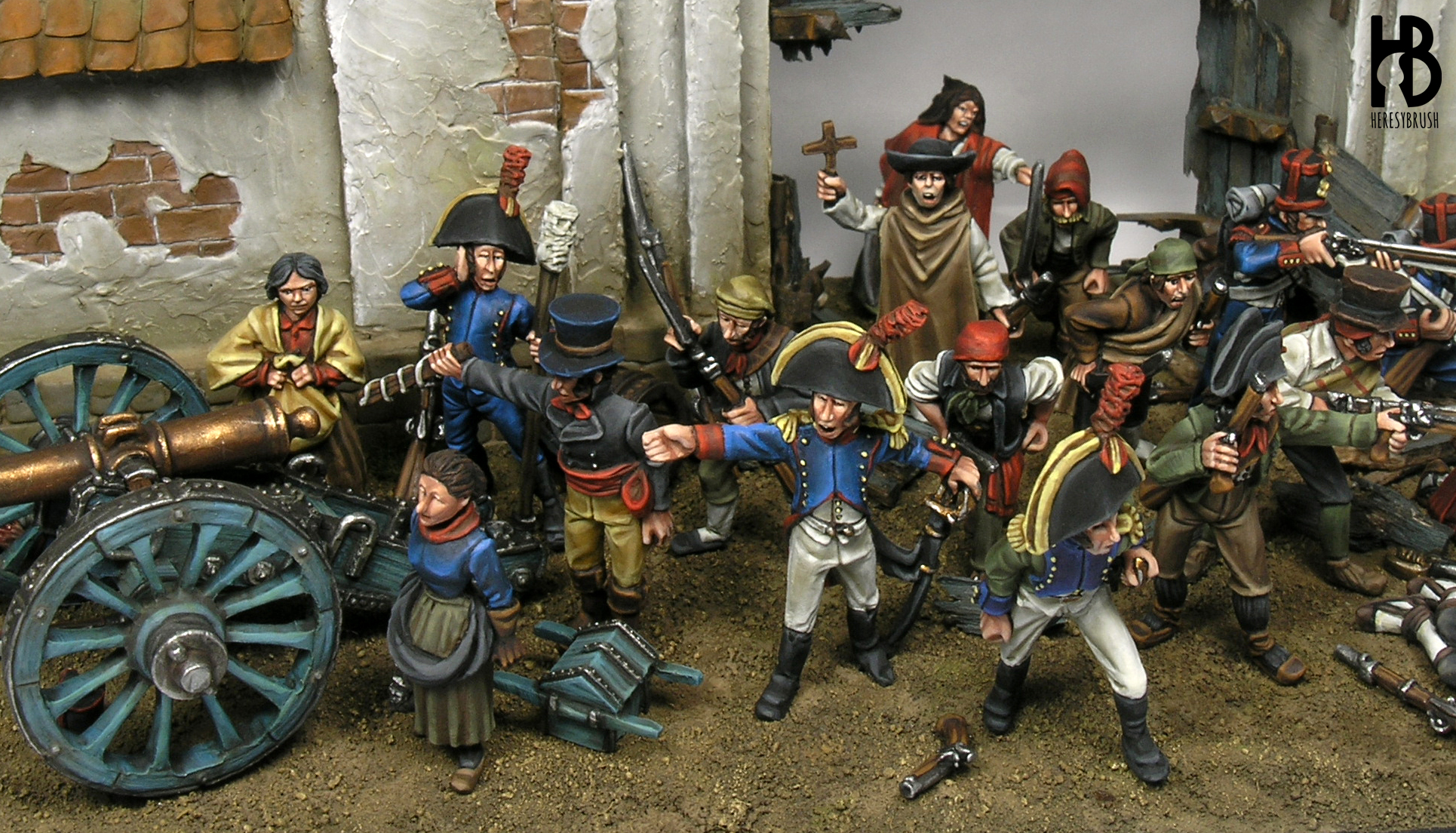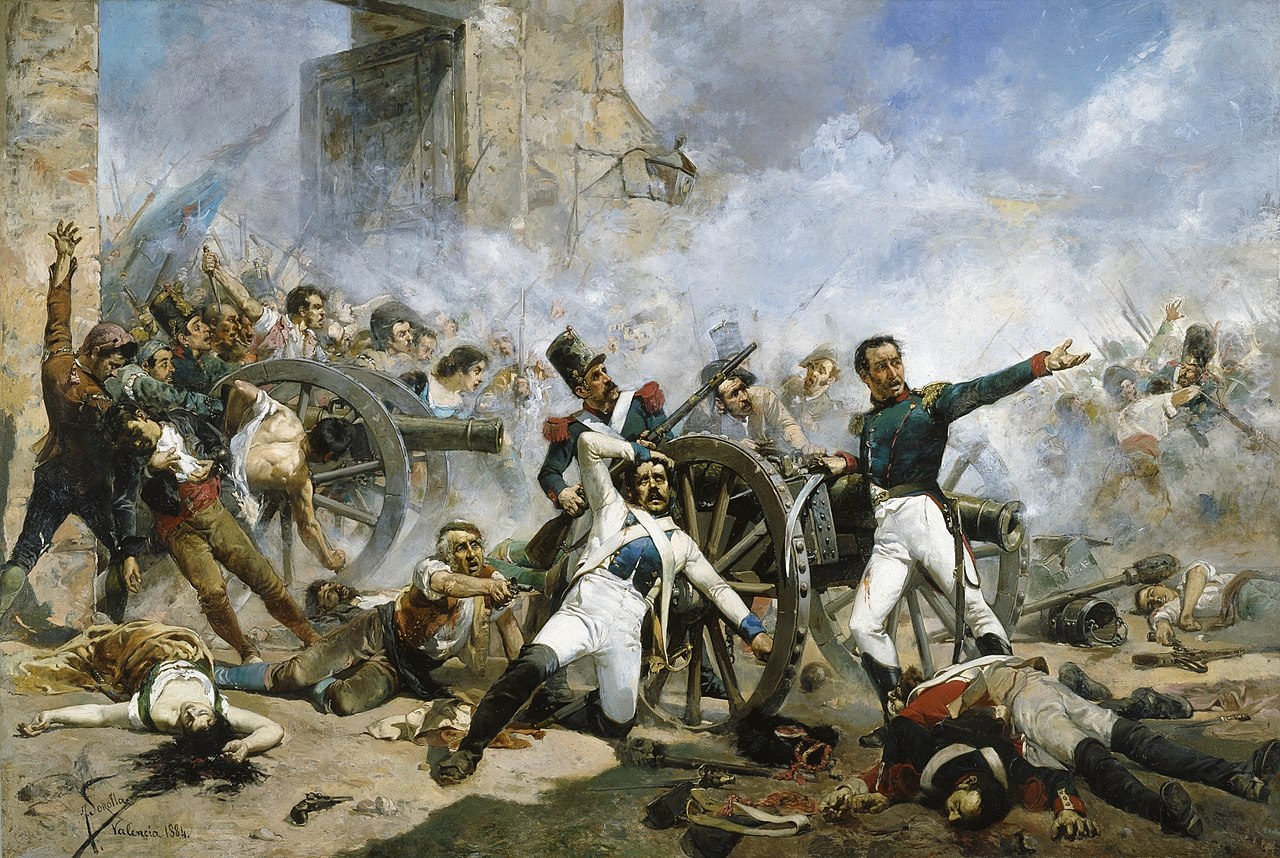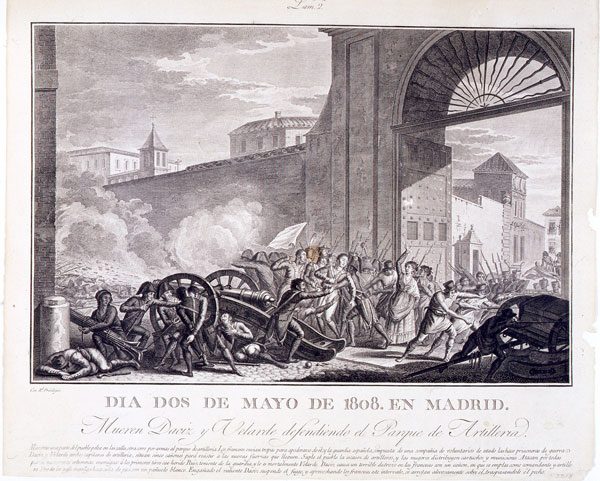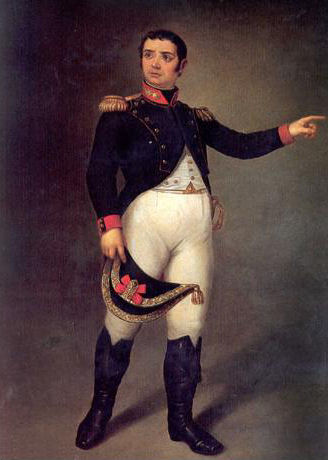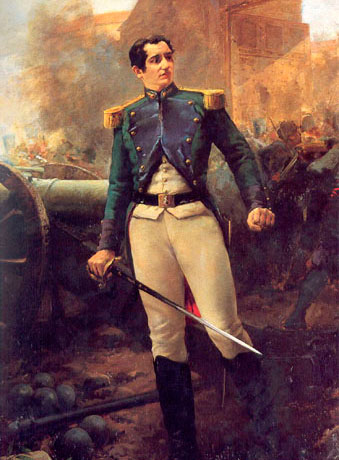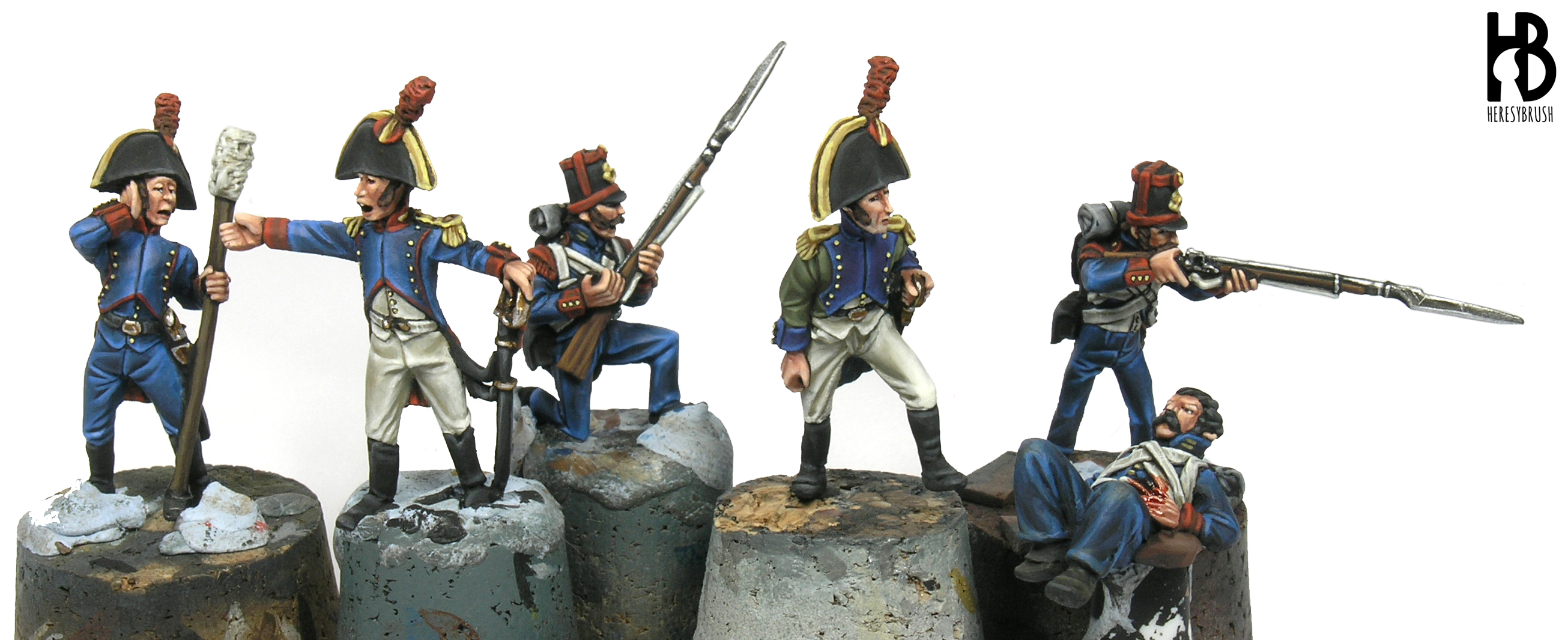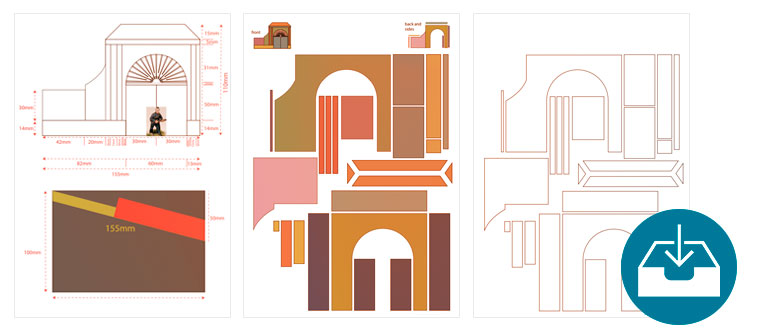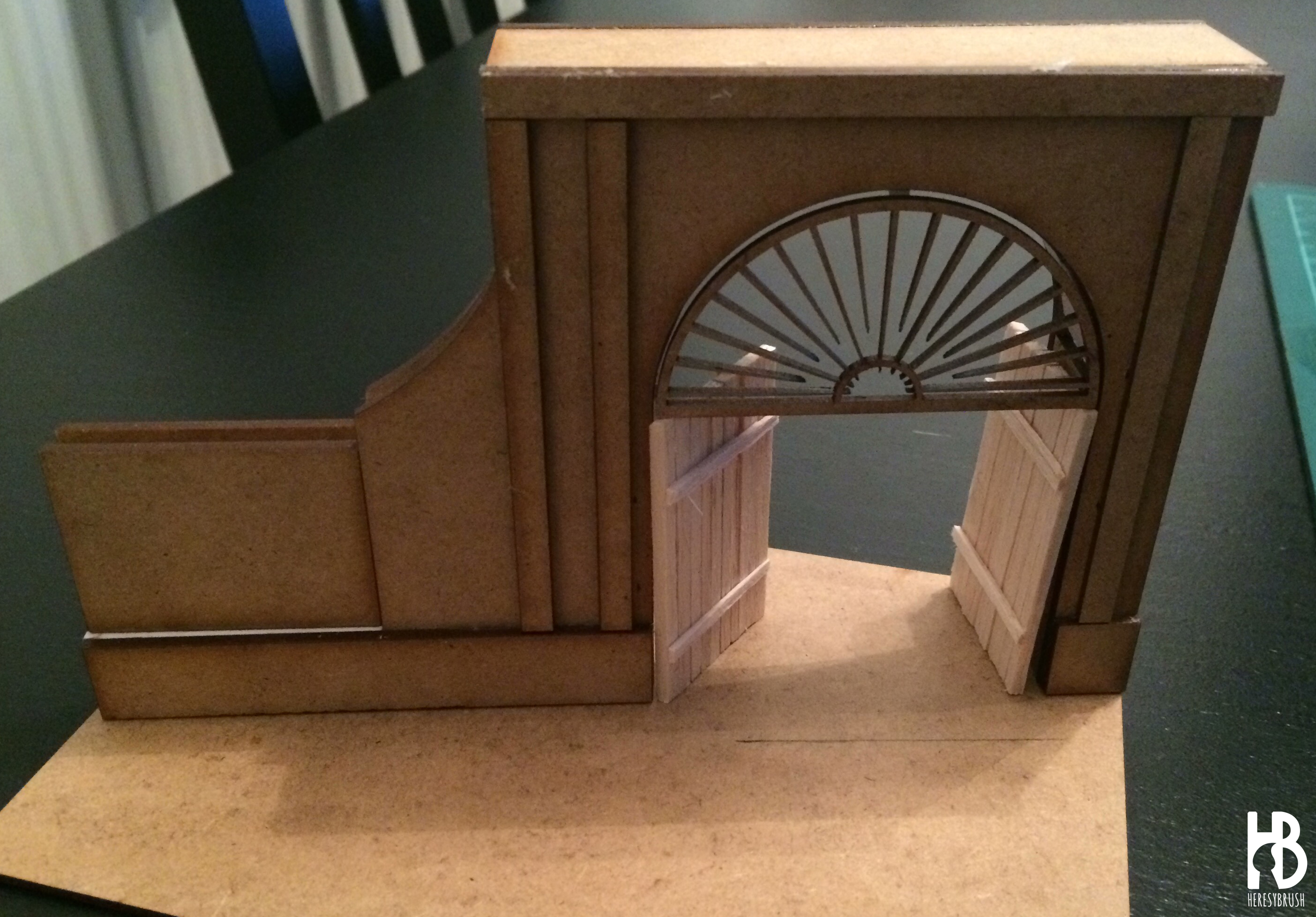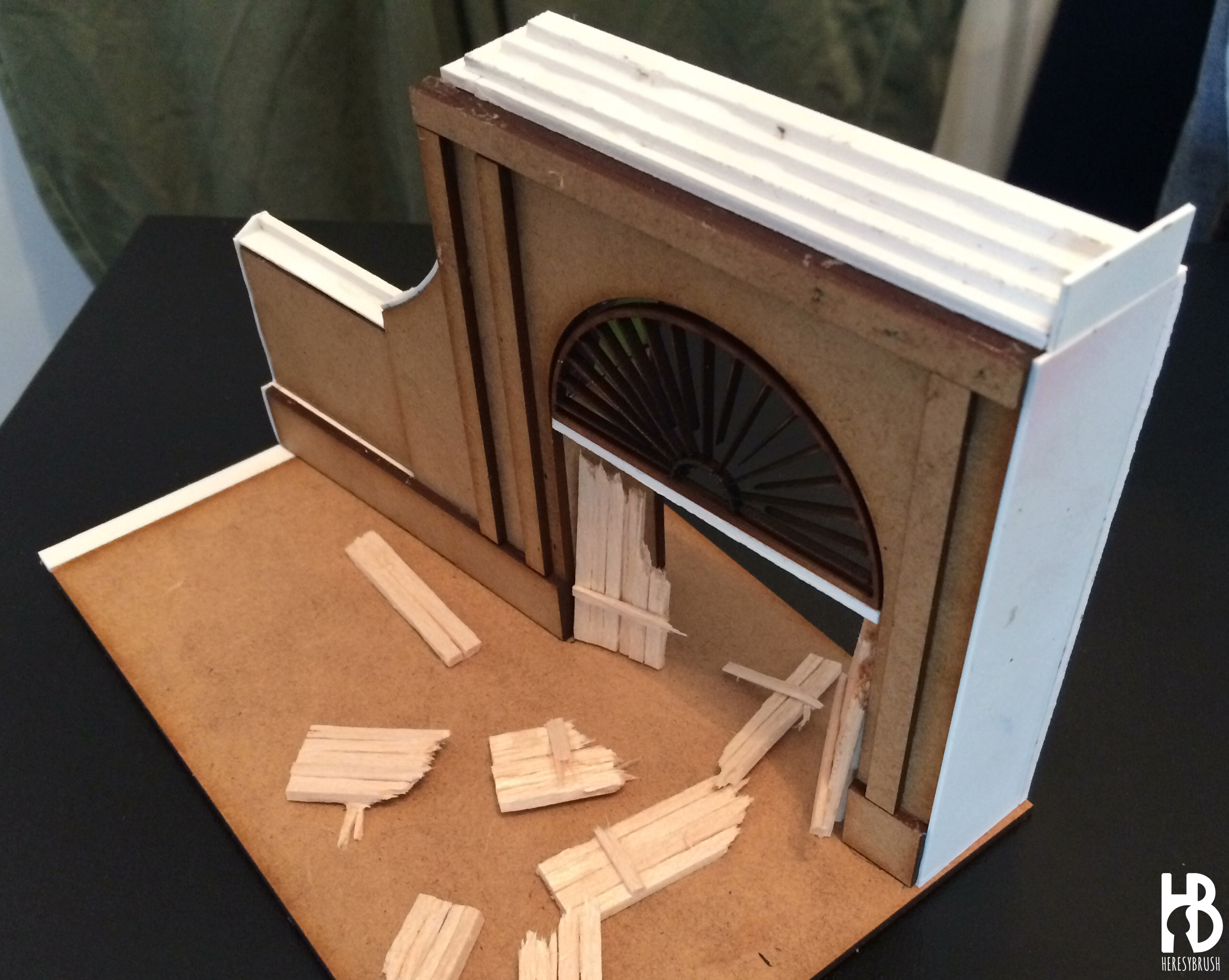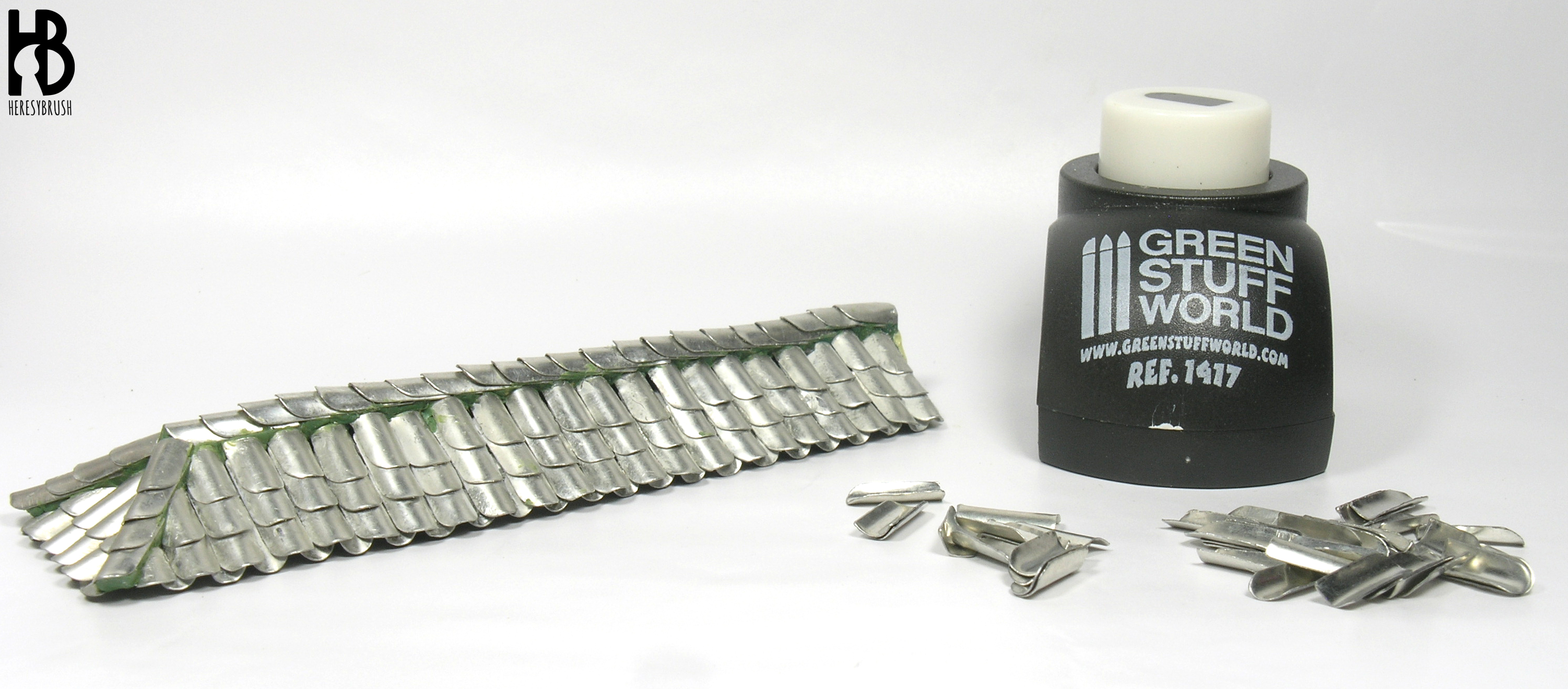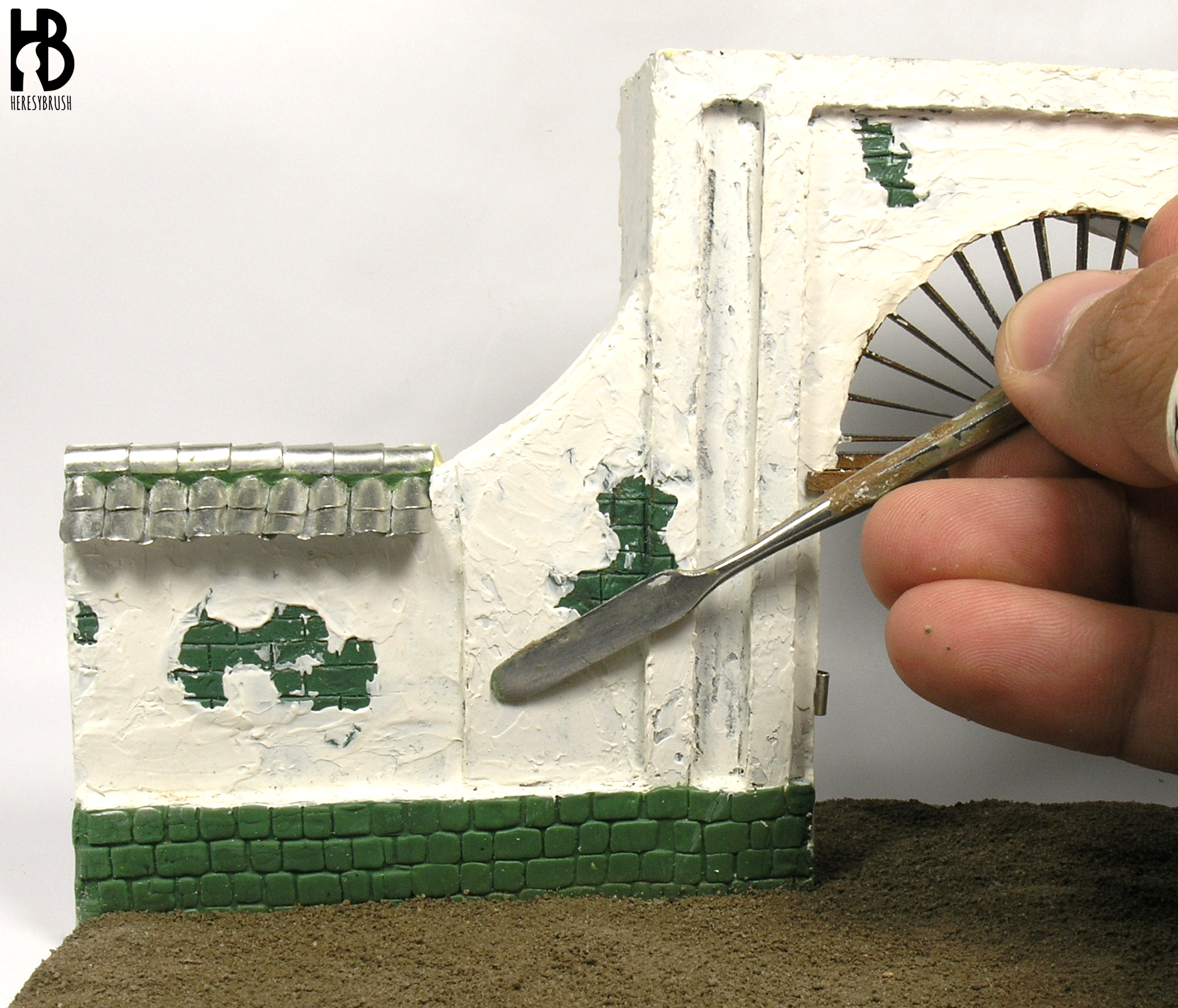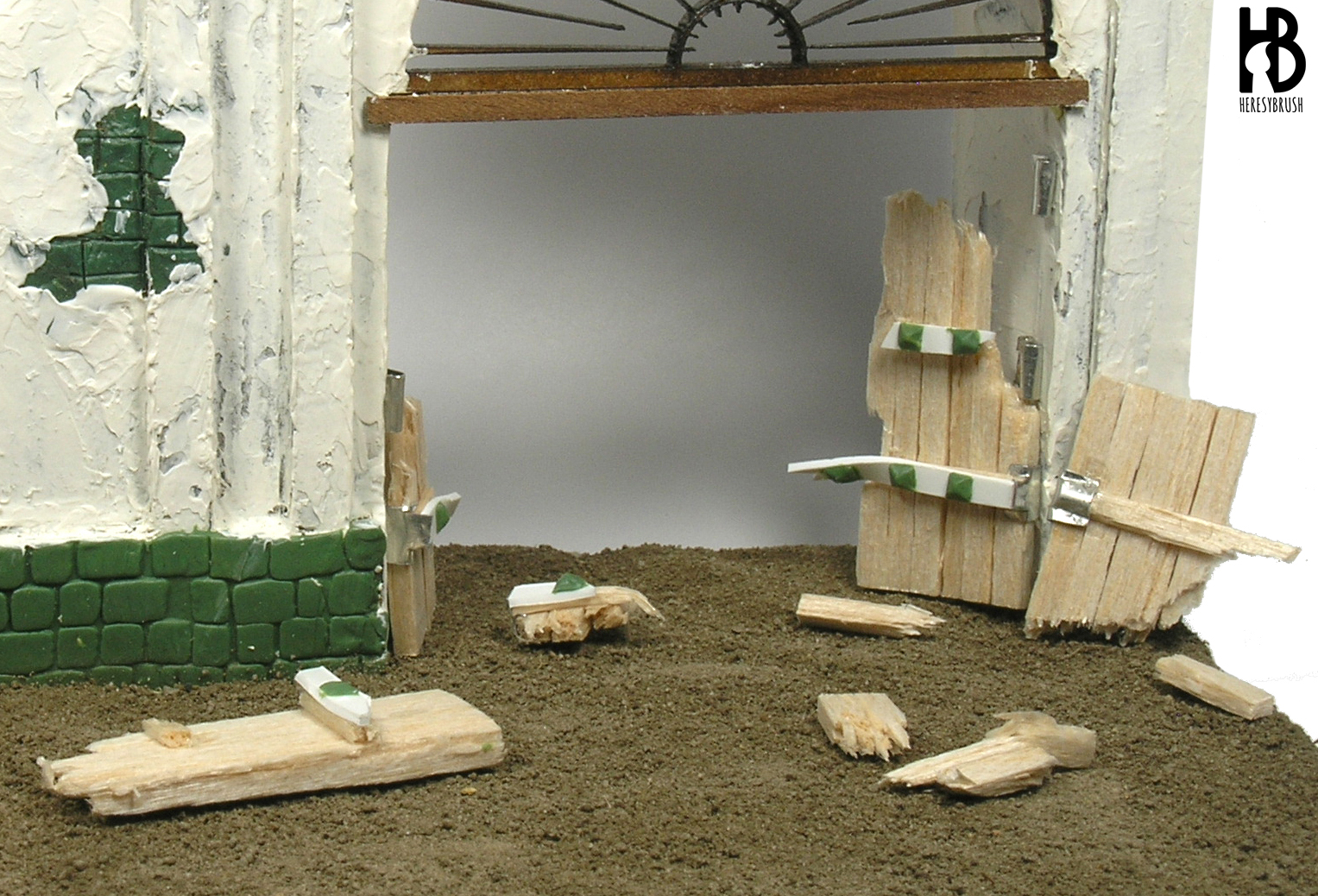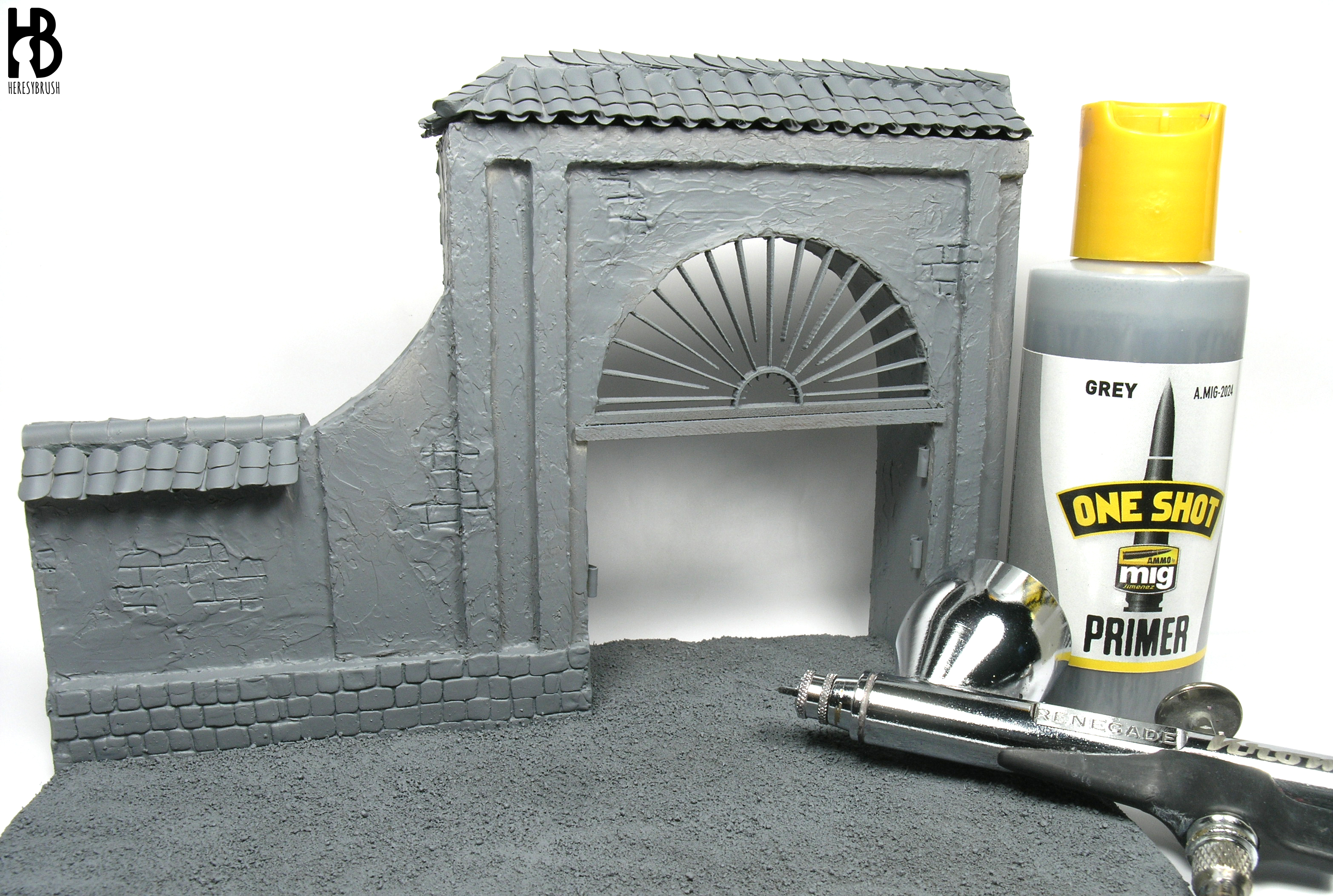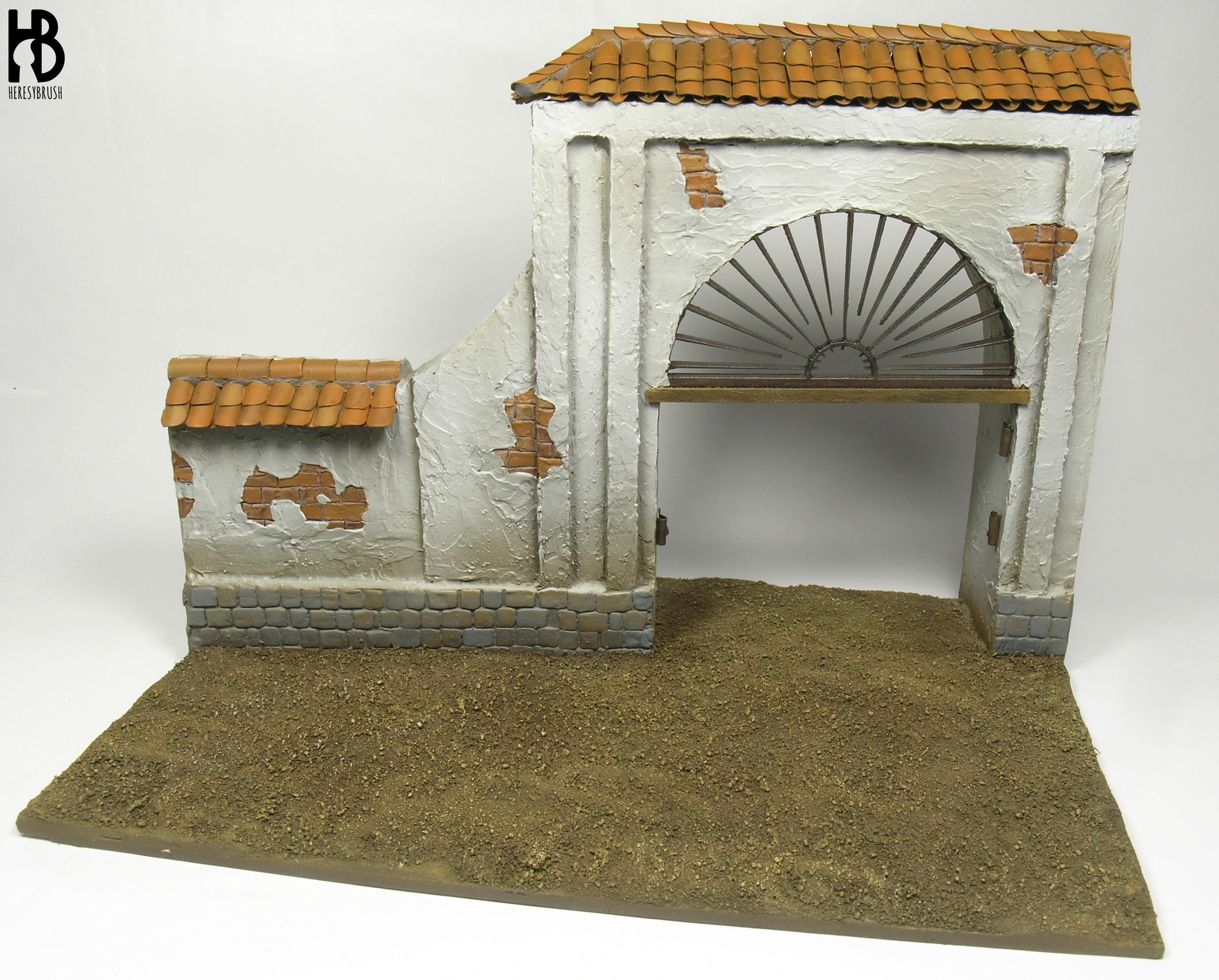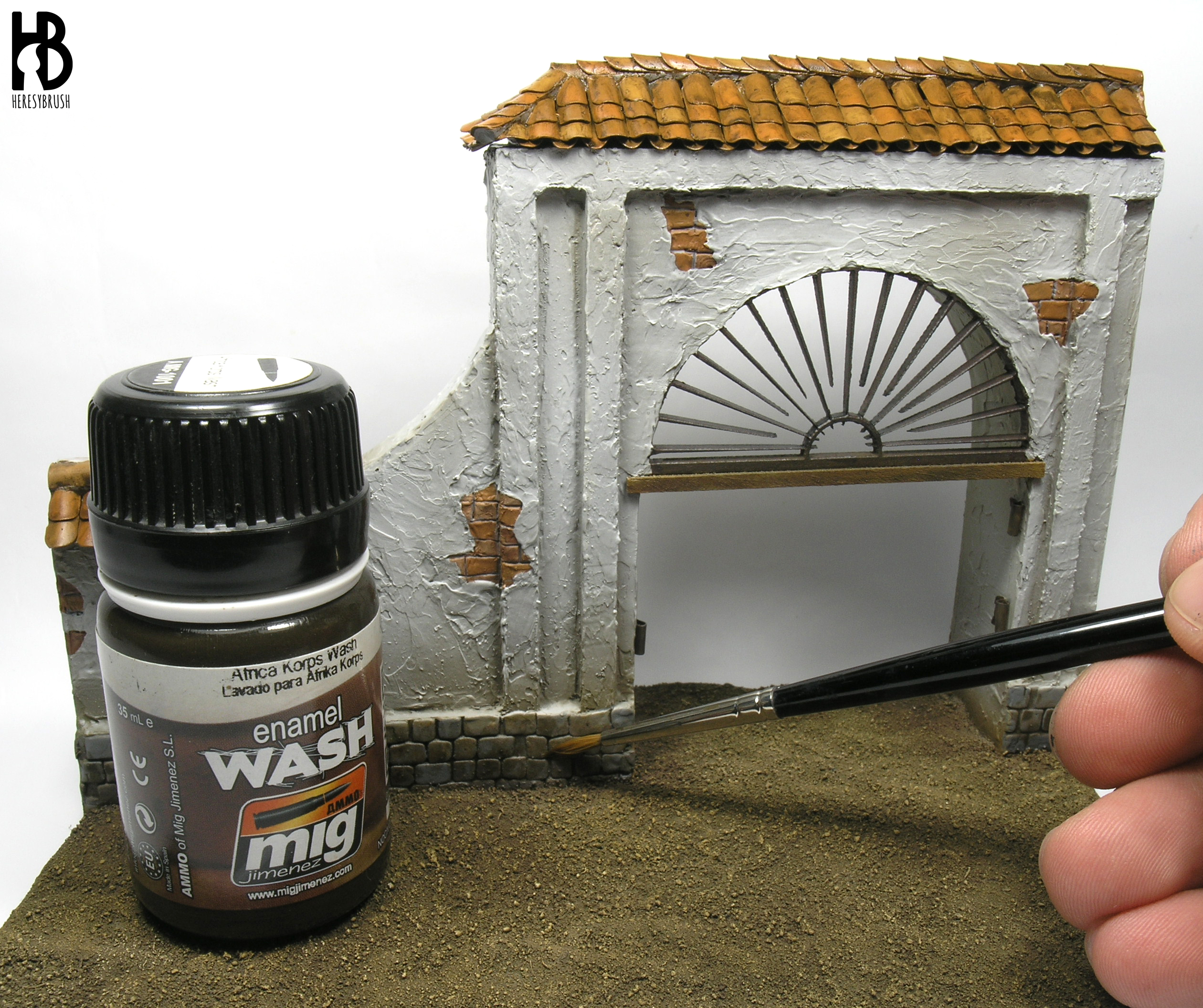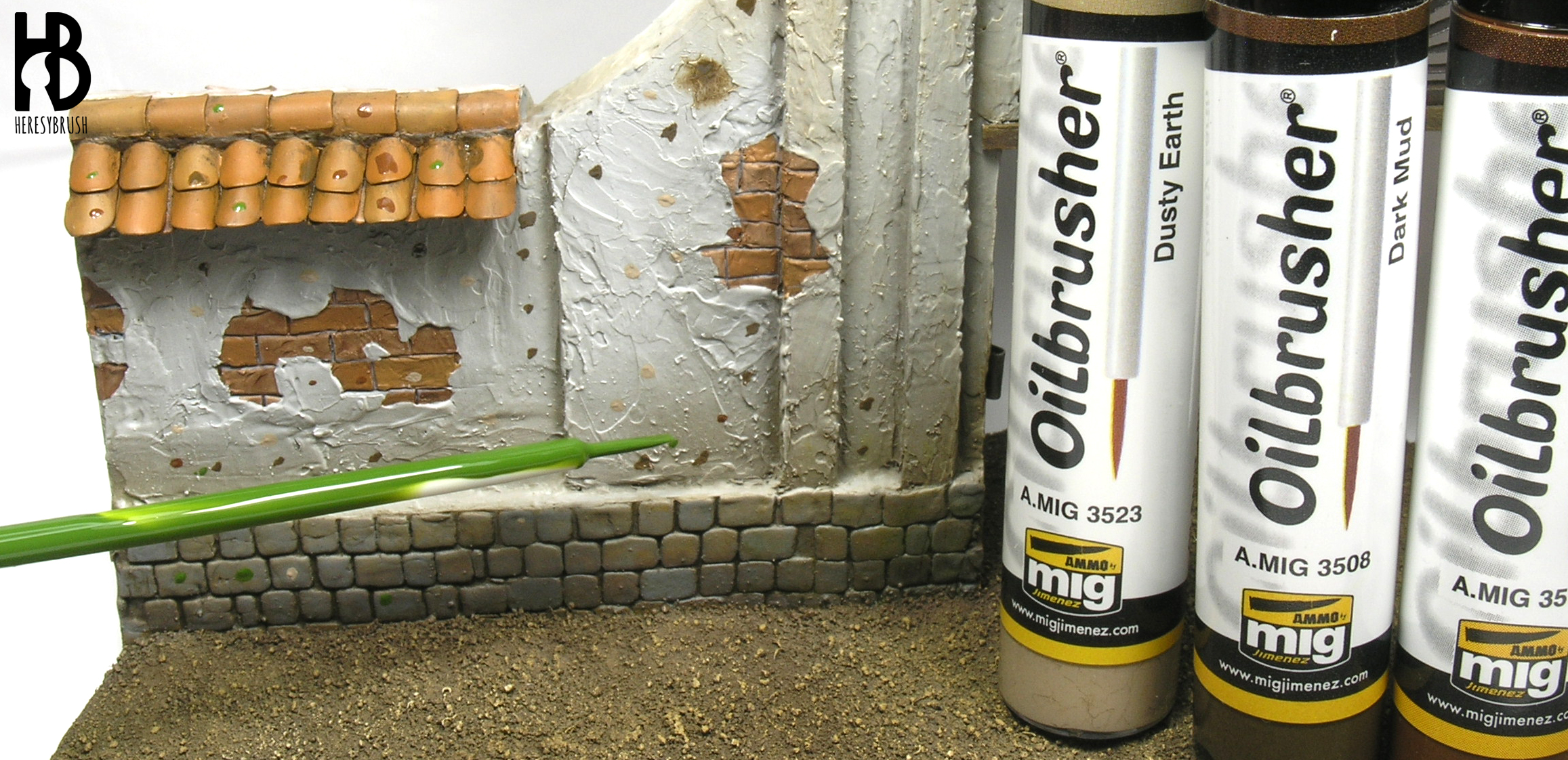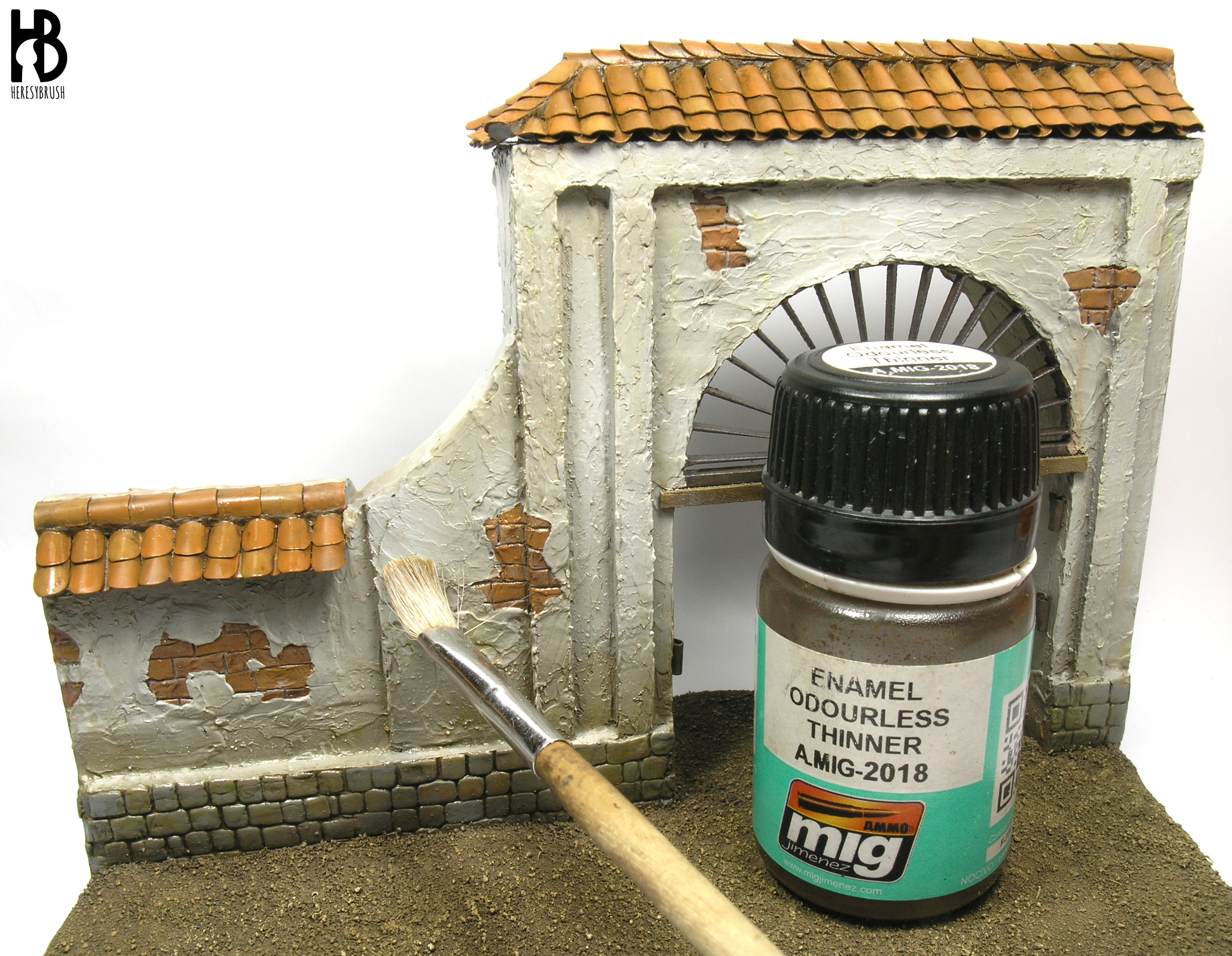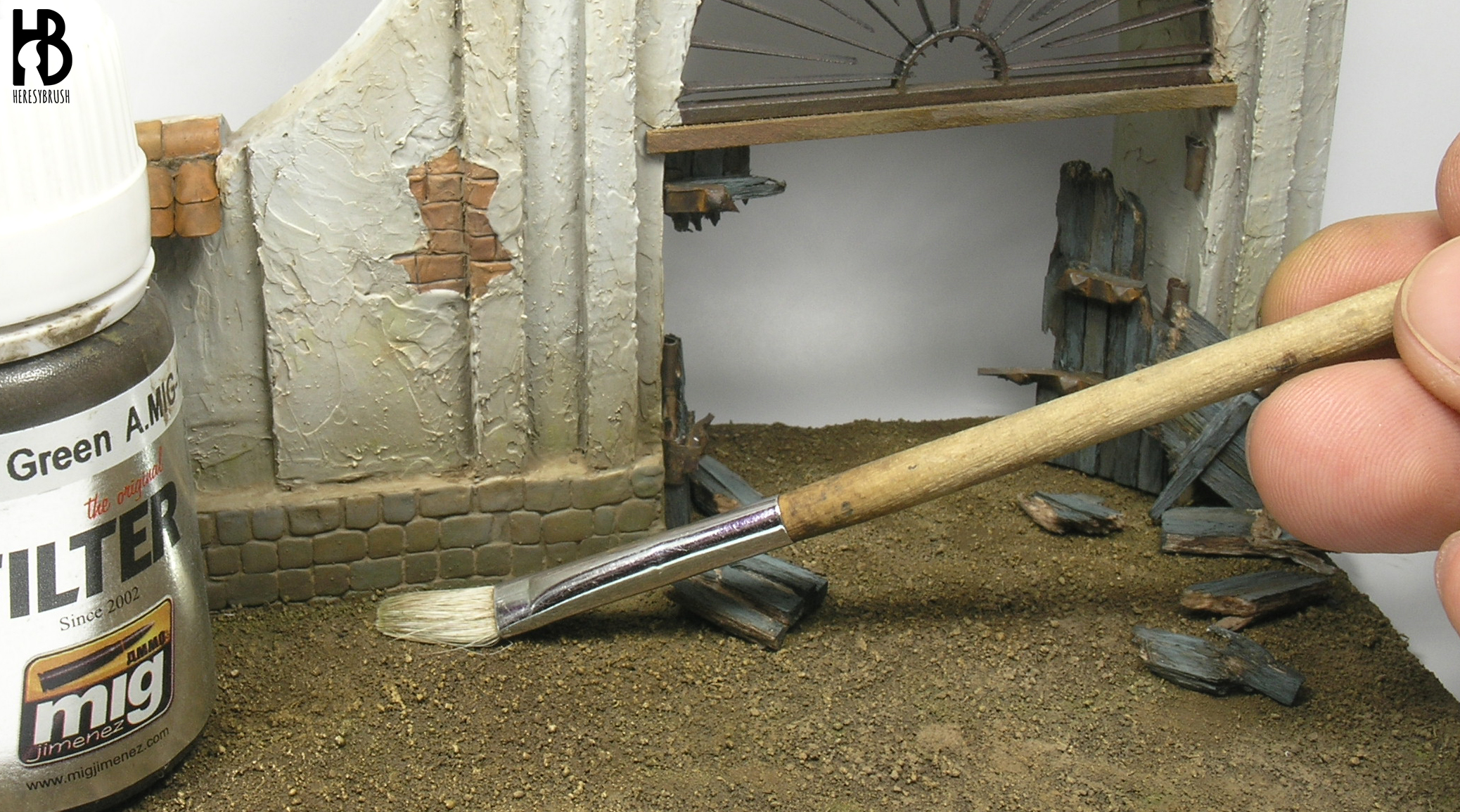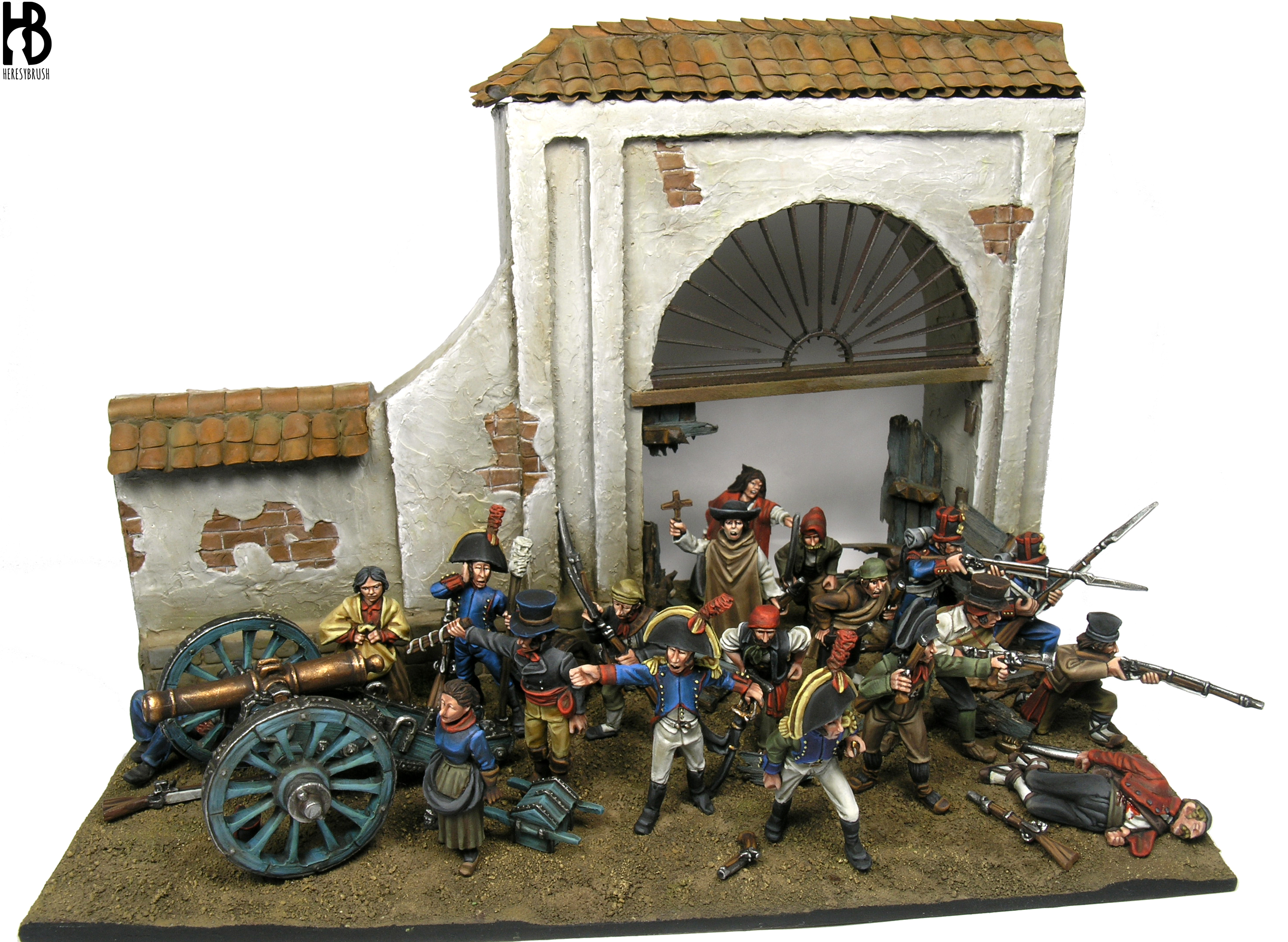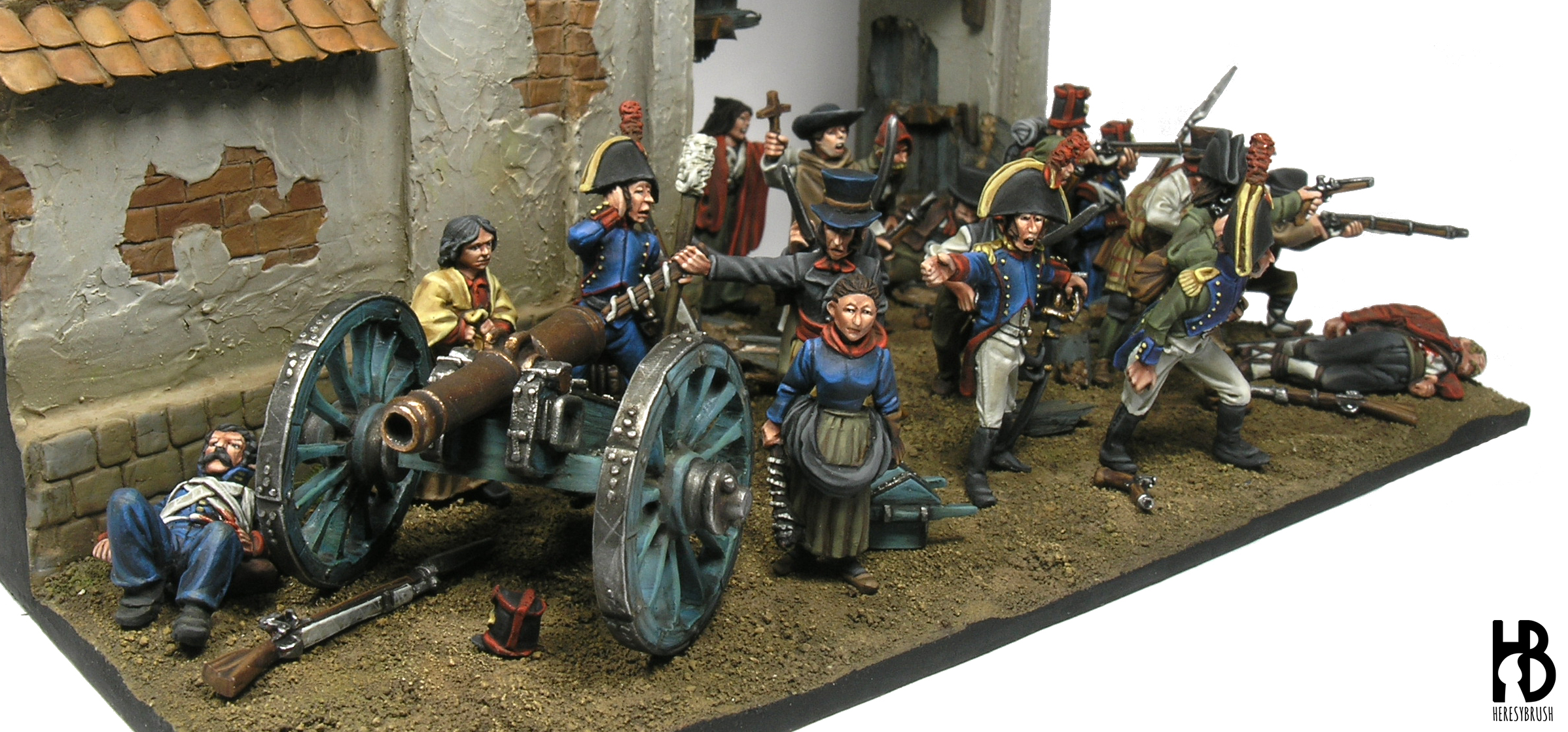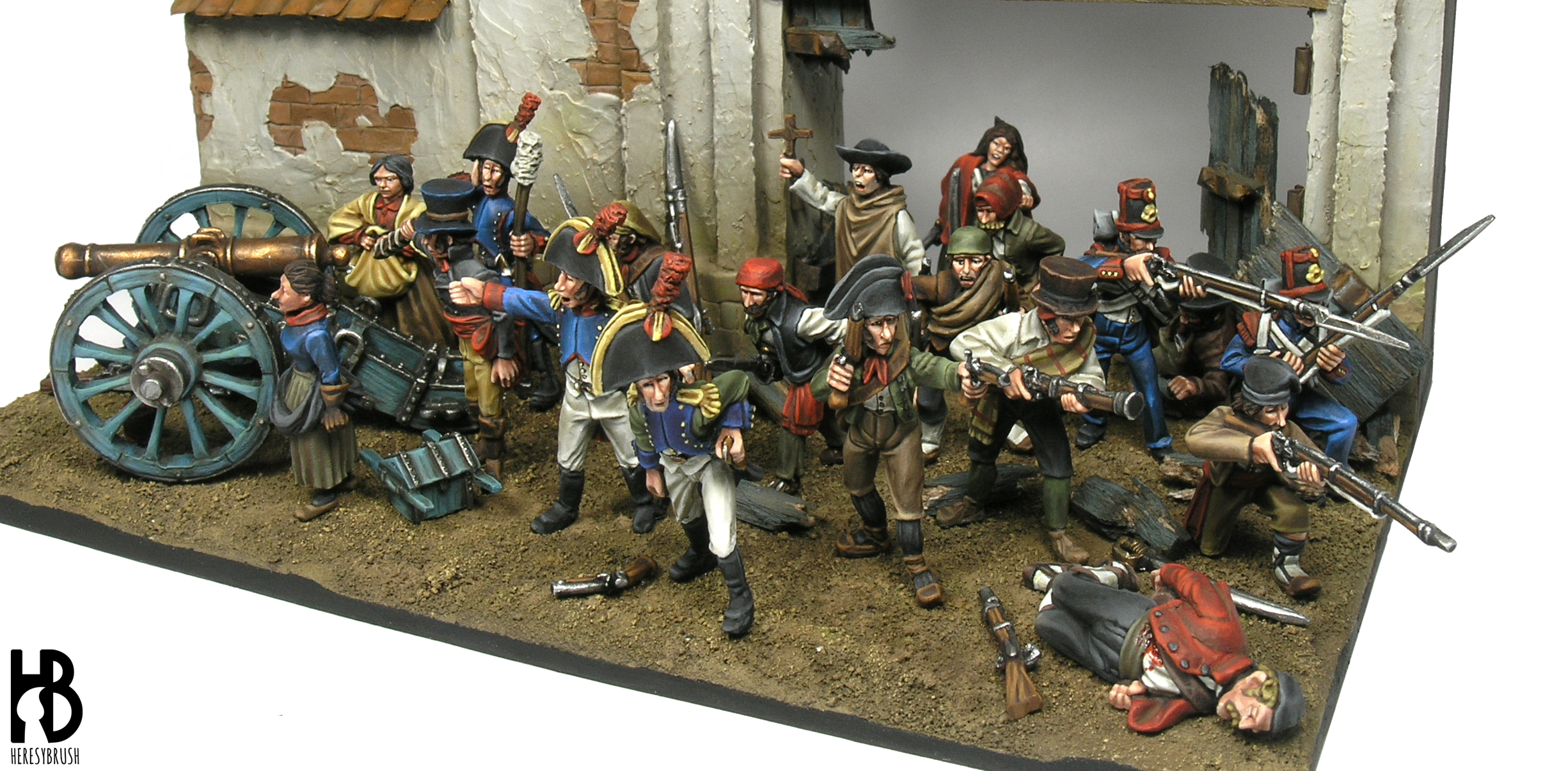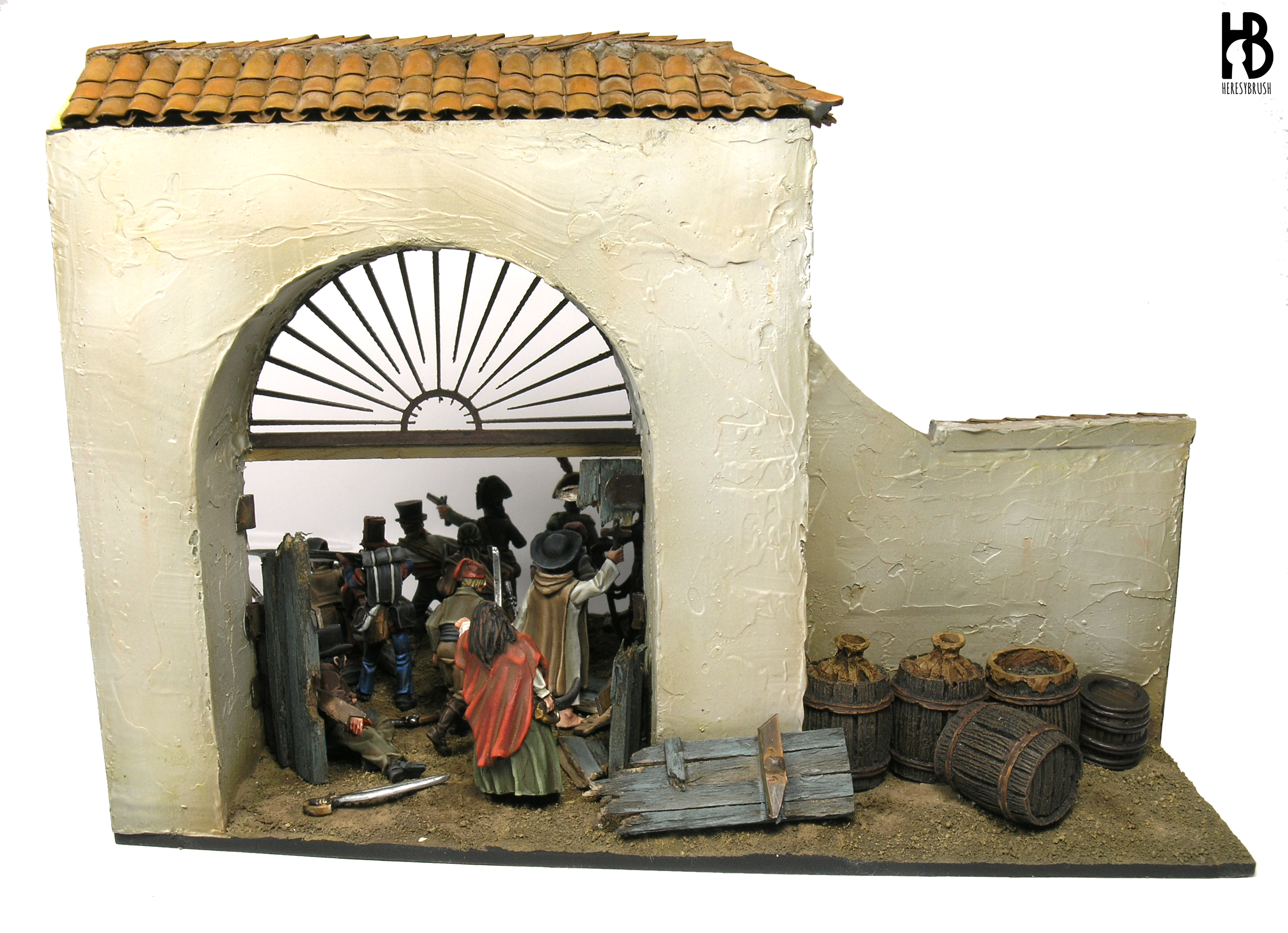Two centuries ago, the second of May of 1808, the Spanish uprising against the Napoleon French army started in Madrid, the capital of the Spanish Empire. In Spain, this day is known nowadays as the “Independence day” (with the exception of Catalonia, where at the end of the last century it was washed off and renamed as “The war against the French” in the school books…). One of the most significant events of that day in Madrid is the defense of the artillery park of Monteleón (or Maravillas), which occupies and special place in the cultural background of the Madrileños (people from Madrid, like me). There, a bunch of soldiers and a few hundred civilians faced a hopeless fight against the French imperial army under the command of Murat. An unequal battle of a few hundred Spaniards against thousands of French imperial soldiers. There are other interesting symbolic events on this day, such as the charge of mamelukes against civilians in Puerta del Sol. If you are interested, you can find more information on the internet.
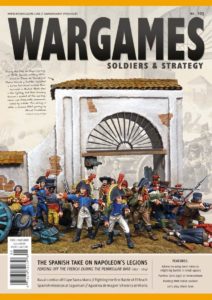 I would like to point out that even do nowadays we consider the 2nd of May the Spanish Day of Independence, two centuries ago mostly the poor, naïve and uneducated people participated in the uprising. The middle class, intellectuals and rich people did not, even do later on everybody claimed to be the bravest patriot. The educated people of that moment expected that the French alliance would finally bring The Enlightenment to Spain. However, this idea was truncated when the French occupation revealed they real intentions, and the educated Spanish people had to decide between fighting against the French invader (but bearer of The Enlightenment) or fight against the “ignorant” Spanish neighbor. Finally, the latter option weighted more after seeing the French killing your mother for no reason or raping your sister. Along with other facts, such as the incompetence of the new Spanish king Ferdinand VII, the war would have severe consequences on the political and social situation of Spain. The idea of modern state run away with the French, and many Spanish intellectuals (denominated “afrancesados” or close to the French) had to go to the exile when they were more needed.
I would like to point out that even do nowadays we consider the 2nd of May the Spanish Day of Independence, two centuries ago mostly the poor, naïve and uneducated people participated in the uprising. The middle class, intellectuals and rich people did not, even do later on everybody claimed to be the bravest patriot. The educated people of that moment expected that the French alliance would finally bring The Enlightenment to Spain. However, this idea was truncated when the French occupation revealed they real intentions, and the educated Spanish people had to decide between fighting against the French invader (but bearer of The Enlightenment) or fight against the “ignorant” Spanish neighbor. Finally, the latter option weighted more after seeing the French killing your mother for no reason or raping your sister. Along with other facts, such as the incompetence of the new Spanish king Ferdinand VII, the war would have severe consequences on the political and social situation of Spain. The idea of modern state run away with the French, and many Spanish intellectuals (denominated “afrancesados” or close to the French) had to go to the exile when they were more needed.
Said this, to honor those men and women that fell defending their ideas two centuries ago in the artillery park of Monteleón, I decided to prepare this small diorama for the cover of the latest issue of Wargames: Soldiers&Strategy, Spain in the Napoleonic Wars.
History and inspiration
The defense of Monteleón has been largely covered in the literature (mostly in Spanish, obviously), but you can still find some information on the internet in English. For those who understand Spanish, I recommend you the excellent work of the lieutenant José Manuel Guerrero Acosta, who carefully analyzed what happened in Monteleón that day and denies several myths. You can read his work here, thanks to the association of Voluntarios de Madrid, which was originally published in the magazine Historia Militar. Furthermore, the lieutenant Guerrero wrote another article covering the uniforms and flags of the regiments Voluntarios de Madrid (as you will see, members of one of them participated in Monteleón). You can read it here. I would like to also acknowledge the help I obtained from the members of the association Voluntarios de Madrid. Unfortunately, I contacted them very late, once the diorama was almost done, and I committed a big mistake (wait for it).
In fact, the most important sources of inspiration to build this diorama were literary and pictorial. Regarding the literature, and if you can read Spanish, I deeply recommend you Episodios Nacionales from Benito Pérez Galdós (1873) and Un día de cólera from Arturo Pérez Reverte (2007). About the pictorial record, I checked the works of Leonardo Alenza y Nieto (1835), Joaquín Sorolla (1884) and Manuel Castellano (1862 y 1864). Particularly, I used Sorolla’s master piece (which you can see below) as reference. This pictorial record has been very useful to build the gate and chose the right colors for the miniatures. However, as you have probably noticed, these master pieces were not done during the war (1808-1814). In fact, most of these artist were not even born by then. This means that what is represented here is likely the interpretation of the artist, which might not be historically accurate, as we will see later.
Let’s starts analyzing the gate. The ruinous park was demolished in 1868 and the area was urbanized. Next year, the gate is restored in the middle of a square that is then denominated “Plaza dos de mayo” (Square of the Second of May), close to a sculptured of 1822 created by Antonio Solá and representing the heroes of the day, Daoíz and Velarde. Nowadays, the gate (or arc) is still there and the walls are bare bricks. However, the master pieces previously mentioned represent the walls stuccoed (cover by plaster). Indeed, in this print made by Tomás López Enguídanos, who was in Madrid that day, we can clearly see the stucco. In this picture of 1868, before the park was demolished, we can see that part of the arc is likely stuccoed (the white part). If you want to read more about the arc, in Spanish, I recommend you this beautiful article. Since the arc has been repaired / restored multiples times, I finally decided to follow what is represented in the canvas and print: stucco.
Of special interest are the doors. In the print and canvases we can see that the doors are open and intact. However, according to the memories of the Cuban lieutenant Rafael Arango (published in 1837, you can read them in Spanish here), who participated in the fight, the doors were smashed at the beginning of the fight: when the Spanish inside the park noticed that some French soldiers were approaching, they kept silent. When the French soldiers tried to force the doors, the cannons placed in the inner yard open fire after Daoíz command. When the French troops run away, Daoíz ordered to open the wrecked doors and place three cannons outside the park (the fourth one remained in the inner yard). Because of this reason, I decided to represent the doors destroyed and hanging from the hinges.
With respect to the uniforms, I am going to start with the heroes captain Daoíz and Velarde. Daoíz was buried with the same uniform he wore when he died from his wounds. When the body was exhumed in 1814, the coat was recover and storage in a wooden box. It was recently restored and it is now shown at the Military Museum in Toledo. It has a dark blue or blue turquoise color (azul turquí) and we can see those places where the bayonets ended Daoíz’s life. In contrast, Velarde’s body was found with civilian clothes. According to the chronicles, Velarde was killed in action by a pistol shot. His body was naked and profiled by French soldiers. After the fight, the body was recovered by Spaniards and wrapped using a military tent, and afterwards, with a monk robe. This article from the Spanish Defense office suggests that we cannot discard that the body might belong to somebody else, who was buried as Velarde due to the confusion of the moment. Velarde’s coat could have been green (and purple), like the ones used by the Head Quarters; and like another Velarde’s coat, which was recently obtained by the Military Museum. You can see below two portraits from the Military Museum of Toledo: on the left, Daoíz with a blue turquoise coat; and on the right, Velarde with a green and purple coat.
Regarding the Spanish soldiers, belonging to the artillery arm participated 10 soldiers and 6 officers, belonging to the 3er regiment, 2nd brigade, 3er company, leaded by Velarde. Along with these, there were 33 fusiliers of the 3er Company of the 2nd battalion of the Regiment of Voluntarios del Estado (Volunteers of the State). According to the regulation of 1805, the uniform of the Artillery units involved: bicorn, blue turquoise coat with crimson turnbacks and white or blue turquoise pants, as you can see in this picture of a reenactor from Málaga. After reading José Manuel Guerrero Acosta work, the uniform of the regiment Voluntarios del Estado would correspond to the latterly created 1st regiment of Voluntarios de Madrid, which includes a white uniform with crimson turnbacks and bicorn, as you can see here. The bicorn is also observed in the print from Enguídanos, previously mentioned (you can see it below). However, this strikingly differs from the soldiers represented in the canvas, who wear a blue turquoise uniform with shako. This other uniform resembles the 2nd regiment of Voluntarios de Madrid, a brother of the pervious one, but blue and shako, which you can see here. The association Voluntarios de Madrid points out to the white uniform for the defendants of the park.
However, I finally painted the blue version of the uniform due to a näive reason: I based the diorama initially on Sorolla’s canvas, where we can see the blue uniform and shako. Only later on, once the diorama was almost done, I found the association Voluntarios de Madrid and Guerrero’s work. And only then I obtained this information about the white uniform… I should have spent more time researching. The right uniform should have been white and bicorn. Nevertheless, find below a color cart with the recipes I used to paint the main colors of this (incorrect) uniform.
The artillery park only included five bronze canons of 4 and 8 pounds. To determine the color of the carriage, I used as a reference another reenactor group or association from Galicia “The Royal Green Jackets”. As you can see, the carriage is painted in a light turquoise color. To paint the cannon, I started painting the wooden part with a mix of Periscopes (309, Vallejo) and white in the same proportion (1:1). To mark the details I applied a dark wash with Nuln oil shade from Citadel. Then, I recovered the initial color the previous mix of Periscopes and white; and finally, I double the amount of white to apply a single highlight. Because of the final color was too blueish, I finally slightly change the color towards green (turquoise) using a green oil from AMMO, which was blended with White Spirit.
Finally, but not the last, we have the civilians. Several hundreds of them, including women, gathered around the park and were actively involved in its defense. Armed mostly with stones and knifes, many of them were given fire guns when the arsenal of the park was open following Daoíz orders. However, many of them did not know how to use a fire gun and preferred swords and knifes. For example, a number of them removed the bayonet from the rifle and used it as a knife. And as you can imagine, the civilians would wear very random clothes. I will just mention the “faja”, a fabric strip often used as a belt.
Some references and links of interest (in Spanish):
- Arango, Rafael de (1837). El dos de mayo. Manifestación de los acontecimientos del Parque de Artillería de Madrid. Published online in 2008 by the Virtual Library Miguel De Cervantes. Link.
- Collection of documents and images for the bicentenary of the War of Independence. Virtual Library Miguel De Cervantes. Link.
- Magazine Ejército de Tierra: Bicentenary of the War of Independence (I). May 2008, year LXVIII. 805. Defense office. Link.
- Guerrero Acosta, José Manuel (2008). ¿Qué pasó en la defensa del Parque de Monteleón? Link thanks to the association Voluntarios de Madrid.
- Guerrero Acosta, José Manuel (¿). Por la religión, la patria y el rey: vencer o morir. Banderas y estandartes de los Voluntarios de Madrid (1808-1816). Link thanks to the association Voluntarios de Madrid.
Building the gate
Based on the references I previously shown, my brother designed the gate and wall. We decided to place the gate transversely on the base to give the vignette some dynamism. Note that the gate is incomplete. The right part is cut. Using Adobe Indesign, my brother prepared a kind of exploded-view of each piece needed to build the gate, which you can download following the link below. The skillful people from Warbases cut the different pieces in 3mm MDF, including the magnificent metal grid of the door. While I enjoyed some sunny (well, stormy) days in the beach, my brother assembled the gate with PVA glue; and also created the door with balsa wood, which was broken down in small pieces afterwards, as you can see.
Here you can download the blue prints:
To build the roof on the wall and gate I used one of the fabulous tools from Greenstuff world, a die cutter to create tin roof tiles. These tiles are flat. Therefore, to create curved tiles I simply pressed the flat tin tiles on a cylindrical brush handle. I started creating sets of three tiles that were glued with cyanoacrylate. Then, first I put a set of tiles with the inner part faced up; and then, on top of this, another set of tiles with the inner part faced down. I finished off the top edge and sides with a line of tiles. To fill the gaps I used green stuff, representing mortar. To look a little bit more real, I tried to fix some of the tiles irregularly.
To create the different textures of the walls I used green stuff and a specific Vallejo texture paint, white stone (26211). First, with green stuff I sculpted some bricks on the wall with a lancet, and using a textured roll from de Greenstuff world I created the lower stone wall. Once the green stuff was dry, I spread the Vallejo texture paint with a spatula. I applied two non-homogeneous layers. Finally, to create the texture on the ground I used the same method I have previously explained in the blog.
Following what we can see in the prints and canvases previously shown, I added some metal details on the doors with 1mm PVC (plasticard) and green stuff. To create the hinges I used some of the unused tin roof tails, which I shaped accordingly to simulate a hinge. The doors are not glued to the diorama yet to facilitate the painting.
Painting the gate
I started applying a generous layer of grey primer from AMMO with my bedside airbrush, a Renegade Krome from Badger.
To paint the diorama I continued using the airbrush. To paint the ground I used consecutively two brown colors: Chocolate brown 872 (Vallejo) and Yellow ochre 931 (Vallejo), which I applied randomly to create different tones in different areas. Regarding the walls, I first used Yellow ochre to emphasize the shades, and then I painted the lightest parts with ivory following a zenithal lighting. About the roof, I started painting the whole piece with Flat brown (984, Vallejo) and then I played around with Orange brown (982, Vallejo) to create different tones in different parts. Next, I replaced the airbrush by a normal brush. After thinning considerably the acrylic paint with water (3 drops of water per drop of paint), I used several shades of grey to paint the lower stone wall, and different shades of red / ochre to paint the roof tiles and bricks. Try to paint each brick / tile differently, without following any specific pattern. The metal grid on top of the door was initially painted with Dark oxide (302, Vallejo), and with a graphite pencil I obtained the metal shine.
After applying a generous layer of satin varnish to protect the acrylic paint work, I started underlining the recesses on the Stone Wall and roof with a dark brown enamel wash from AMMO. After waiting for one hour to let it dry, I removed the excess of wash with a brush moistened with White Spirit.
To increase the chromatic variation, I used several oils from AMMO. First, I applied small dots of different colors: dark colors in those areas I want to darken, and vice versa. And then I blended these with a brush moistened with White Spirit. I also added some green to simulate some vegetation on the lower stone part and roof tiles.
To paint the doors I used German C. Extra Dark Green 896 (Vallejo). Instead of a brush, I used a sponge to apply this paint. Since I did not apply any primer coat, the idea was to simulate chipping effects revealing the bare wood. Once it was dry, I mixed the Dark green with different amounts of white and I thinned it generously with water. Then, with a brush, I started to work each wood strip differently, maintain the original wood color in those areas where it was visible. To enrich even more the wooden door, I used once more several oils from AMMO to slightly change the color of some parts of different wood strips. Try to not repeat patterns. Regarding the metal parts, first I painted them with Dark oxide (302, Vallejo) and then I applied a wash with Orange brown (982, vallejo).
Similarly, to obtain a more colorful base, I used couple of filters from AMMO. Remember, these filters are enamels that are thinned around 10 times, and therefore, we can use them to slightly change the color of a surface. For example, I used a green filter to create some vegetation effects on the corner close to the stone wall.
To simulate old roof tiles I used pigments. I mixed two brown pigments (light and dark brown) and dissolved them with white spirit to create a kind of wash, which I applied on the roof and lower stone wall. I let it dry for couple of hours and once the White Spirit was evaporated, I removed the excess of pigment with a cotton swab.
Officially, I finished the diorama here. However, when I shared some pictures of it on a Telegram painting group, I got some interesting feedback. I was told that the wall and roof tiles were very flat. They needed more contrast. Accordingly, I used white oil to apply a profiling on the edges of the wall, and green dry pigment to create simulate some bryophytes on some roof tiles. And I think that they were absolutely right. Now the diorama looks better. This highlights how important is to share your work and get feedback.
Diorama
Do not forget to check out the last issue of Wargames: Soldiers&Strategy, which discusses the role of Spain during the Napoleonic Wars.
